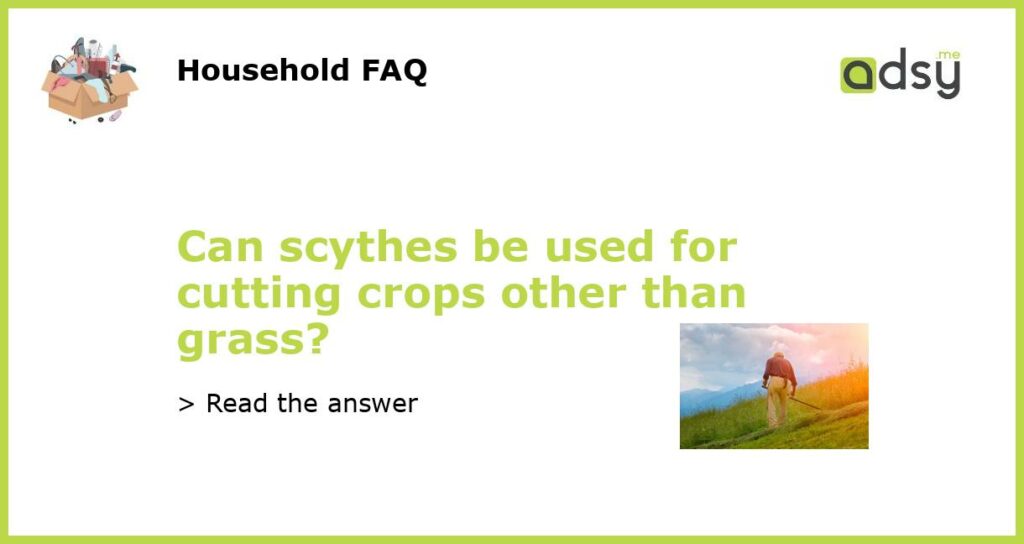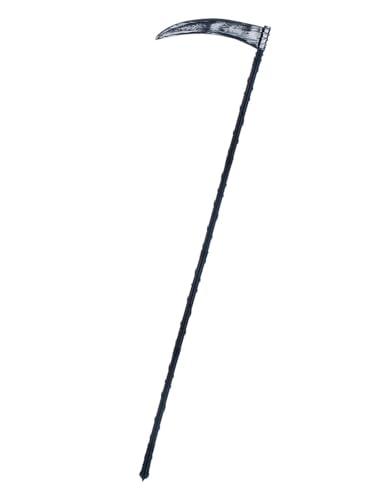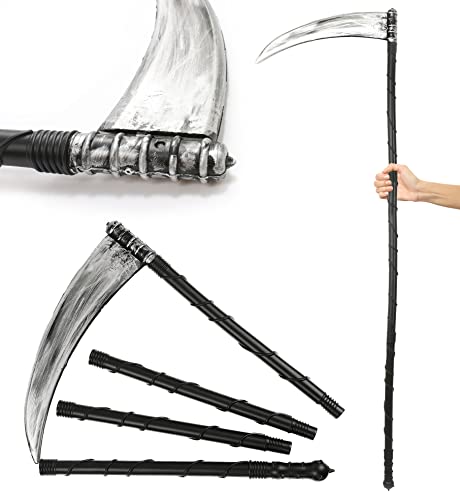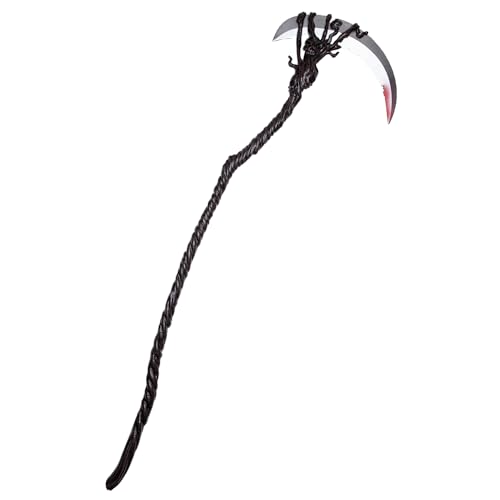Yes, scythes can be used to harvest various crops
When we think of scythes, the image of a farmer cutting grass in a field often comes to mind. However, scythes can actually be used to cut a variety of crops other than grass. Not only are scythes versatile and efficient, but they also have a long history of being used for crop harvesting. Let’s explore some of the crops that can be harvested using a scythe.
Wheat and other grains
One of the most common crops that can be harvested with a scythe is wheat. In fact, scythes were historically used for wheat harvesting before the invention of modern machinery. The long curved blade of the scythe allows for a clean and efficient cut, making it ideal for harvesting grains. Other grains such as barley, oats, and rye can also be harvested with a scythe.
Vegetables and fruits
In addition to grains, scythes can also be used to harvest a variety of vegetables and fruits. For example, crops like lettuce, kale, and spinach can be easily harvested with a scythe. The sharp blade of the scythe allows for precise cutting, making it perfect for delicate vegetables. Fruits such as strawberries and raspberries can also be harvested using a scythe.
Herbs and medicinal plants
Scythes are not limited to just food crops; they are also effective for harvesting herbs and medicinal plants. The precision and control provided by a scythe make it an excellent tool for harvesting plants with delicate leaves and stems. Herbs like mint, basil, and parsley can all be harvested using a scythe. Medicinal plants such as chamomile and lavender can also be efficiently harvested with a scythe.
Flowers and decorative plants
If you have a garden filled with flowers and decorative plants, a scythe can come in handy when it’s time to harvest them. Flowers like sunflowers, zinnias, and dahlias can be easily and neatly cut using a scythe. The long handle of the scythe allows for a comfortable reach, making it easier to harvest flowers in large quantities. Whether you’re growing flowers for personal enjoyment or for selling at a local market, a scythe can be a valuable tool for harvesting.
Benefits of using a scythe for crop harvesting
Using a scythe for crop harvesting has a range of benefits. Firstly, it is a low-cost and sustainable method of harvesting. Scythes do not require any fuel or electricity to operate, making them an environmentally friendly option. Additionally, scythes are quiet and produce no emissions, making them ideal for farming in residential areas or environmentally sensitive locations.
Secondly, using a scythe allows for a closer connection to the land and the crops being harvested. Unlike modern machinery, scythes require physical effort and skill to operate effectively. This hands-on approach can provide a deeper appreciation for the farming process and a stronger connection to the food being produced.
Lastly, scythes are versatile tools that can be used for various tasks on the farm. In addition to harvesting crops, they can also be used for cutting back weeds, trimming hedges, and clearing brush. This multi-purpose functionality makes a scythe a useful tool for small-scale farmers or those who prefer a more traditional approach to farming.






